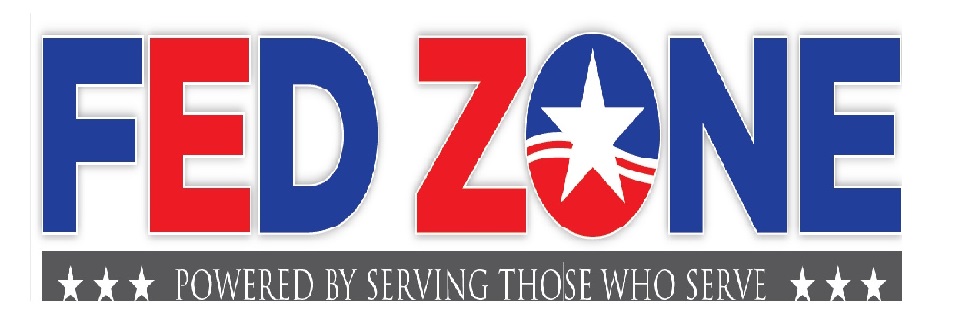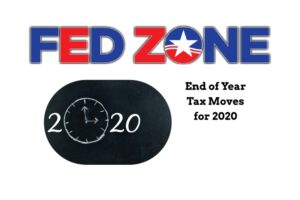With a little less than a month to go, individuals still have time to make some tax moves in order to save on their 2020 federal taxes. In this column Ed Zurndorfer discusses these tax moves.

Edward A. Zurndorfer –
Most individuals cannot wait for 2020 to end. Between the COIVD-19 pandemic and a raucous election, both young and old would like to forget 2020 ever happened. But with a little less than a month to go, individuals still have time to make some tax moves in order to save on their 2020 federal taxes. This column discusses these tax moves.
- Charitable-giving deduction. A part of the Coronavirus Aid Relief and Economic Security (CARES) Act allows a $300 deduction for charitable donors who elect the standard deduction rather than itemizing on their 2020 tax return. This deduction is available only if an individual takes the standard deduction instead of itemizing. The $300 maximum contribution limit is per tax return, not per person. A married couple filing jointly, therefore, is allowed one $300 deduction. The contribution must be in the form of cash or check with no contributions in the form of goods or securities.
- Suspension of charitable deduction limits. This temporary suspension of charitable deduction limits, another provision from the CARES Act, affects charitable donors who itemize on their federal income tax returns (file Schedule A). This suspension will permit charitable donors to contribute a larger share of their income for 2020 than in previous years. The IRS website explains that for the year 2019, the amount of charitable contributions individuals could include on Schedule A as charitable contributions was limited to 60 percent of an individual’s adjusted gross income (AGI), although the 60 percent could be further limited to 50, 30, or 20 percent, depending on the type of property an individual contributed and the type of organization the individual contributed to. For 2020, the AGI limit has been eliminated completely for cash/check donations. But only individuals who itemize can take advantage of this provision. The usual rules regarding having receipts for all donations still applies.
- Still time for making Thrift Savings Plan (TSP) contributions. For those employees who believe that they may owe on their 2020 federal and/or state income tax returns when they file their returns next spring, it is not too late to make contributions to the traditional TSP for 2020. Most federal agencies have at least one pay date left in 2020. Contributions to the traditional TSP are deducted from an employee’s gross salary (before federal and state income taxes are withheld) thereby reducing the employee’s taxable salary. For 2020, employees can contribute a maximum of $19,500 to the TSP. Those employees over age 49 as of 12/31/2020 can contribute an additional $6,500 in “catch-up” contributions, for a total of $26,000 for the year 2020.
- Still time to make 2020 Health Savings Accounts (HSAs) contributions. Those employees enrolled in High Deductible Health Plans (HDHPs) associated with HSAs still have time (until April 15, 2021) to make their 2020 contributions to their HSAs. The 2020 HSA contribution limits are $3,550 for HSA owners with self only HDHP coverage and $7,100 for HSA owners with family HDHP coverage. HSA owners over age 55 can contribute an extra $1,000. HSA contributions are an “adjustment to income” deduction with no income limitations. For example, an HSA owner in a 22 percent federal marginal tax bracket who makes $1,000 HSA contribution will save $220 in federal income taxes this year.
- Beware of “open-ended” (mutual) fund payouts. During this time of year, investors in non-retirement brokerage accounts can overlook a tax issue involving capital gains distributions paid out from “open-ended” (mutual) funds, especially stock mutual funds). This tax issue is called “buying a dividend”. Mutual funds most often distribute all or nearly all of their net realized capital gains and dividends to investors during the final quarter of the year, especially December. In some cases, the payouts of capital gains and dividends can create a tax headache that can be avoided by potential investors in the fund doing some research and asking some questions. In particular, potential mutual fund investors in a taxable (non-retirement) account and who plan to invest during the next weeks in December should ask: (1) Is the fund planning a large capital gains distribution during the next few weeks? (2) If so, how much and what will be the date to qualify for the payout? Most major mutual fund groups can provide this information on their websites. Depending on the answers to these questions, consider various options: (1) if the fund is planning a distribution large enough to generate a significant tax hit for 2020, it may make sense to invest in the fund after the date that qualifies for the payout distribution; (2) invest in that fund as an IRA contribution, in which taxes are not an issue in the current year because any payouts within the IRA are not taxable until they are withdrawn from the IRA; and (3) invest in tax-efficient equity funds that are managed with an eye towards limiting capital gain distributions. More details on mutual funds and taxes can be found in IRS Publication 550 (Investment Income and Expenses), downloadable here.
- Harvesting tax loses in order to defer paying capital gains taxes and in some cases not having to pay capital gins taxes. Suppose an individual buys shares of Stock A for $10,000. Sometime later the value of the Stock A shares falls to $6,000. The Stock A shares are sold and $6,000 worth of Stock B shares are bought. A $4,000 capital tax loss can be used to offset any capital gains that are currently on the books, possibly resulting in tax savings. But investors should not let the “tax tail wag the investment dog.” In other words, investors are advised not to sell their investment assets for the sale purposes of generating losses in order to save on taxes. Also, investors should be aware of the “wash sales” rules that will be discussed in the next FEDZONE column.
You Might Also Enjoy This Podcast
Edward A. Zurndorfer is a CERTIFIED FINANCIAL PLANNER™ professional, Chartered Life Underwriter, Chartered Financial Consultant, Chartered Federal Employee Benefits Consultant, Certified Employees Benefits Specialist and IRS Enrolled Agent in Silver Spring, MD. Tax planning, Federal employee benefits, retirement and insurance consulting services offered through EZ Accounting and Financial Services, and EZ Federal Benefits Seminars, located at 833 Bromley Street – Suite A, Silver Spring, MD 20902-3019 and telephone number 301-681-1652. Raymond James is not affiliated with and does not endorse the opinions or services of Edward A. Zurndorfer or EZ Accounting and Financial Services. The information has been obtained from sources considered to be reliable, but we do not guarantee that the foregoing material is accurate or complete. While we are familiar with the tax provisions of the issues presented herein, as Financial Advisors of RJFS, we are not qualified to render advice on tax or legal matters. You should discuss tax or legal matters with the appropriate professional.

